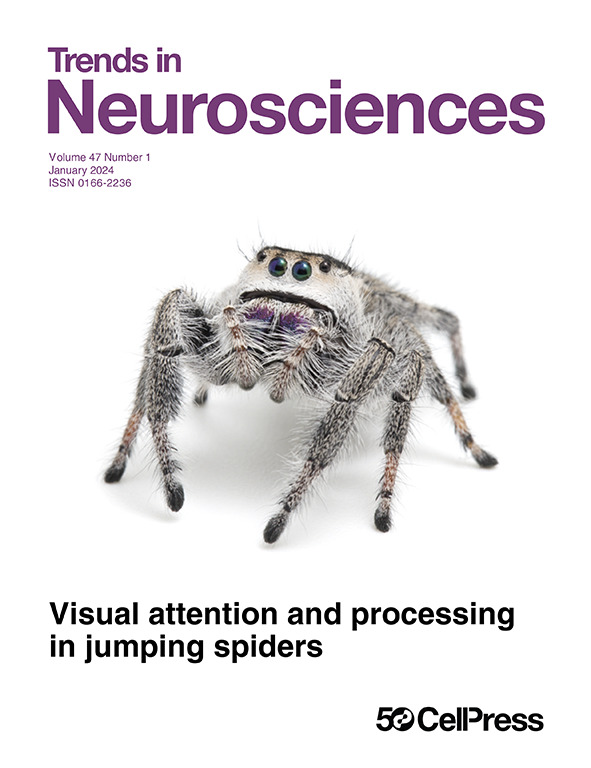BIN1和阿尔茨海默病:tau的联系。
IF 15.1
1区 医学
Q1 NEUROSCIENCES
引用次数: 0
摘要
桥接整合子1 (BIN1)是一种普遍表达的蛋白,在细胞内吞作用、运输和细胞骨架动力学中起关键作用。2010年,BIN1基因被报道为阿尔茨海默病(Alzheimer's disease, AD)的主要遗传风险因素,这使得人们的注意力转移到其在大脑中的生理和病理生理作用上(当时数据匮乏)。在这篇综述中,我们讨论了BIN1在大脑中的多种作用,特别是在调节突触功能方面,以及BIN1与tau病理之间的紧密联系,并得到了最近从遗传、临床/死后观察到分子相互作用的证据的支持。本文章由计算机程序翻译,如有差异,请以英文原文为准。
BIN1 and Alzheimer's disease: the tau connection.
Bridging integrator 1 (BIN1) is a ubiquitously expressed protein that plays a critical role in endocytosis, trafficking and cytoskeletal dynamics. In 2010, BIN1 gene was reported as a major genetic risk factor for Alzheimer's disease (AD), which shifted the focus on its physiological and pathophysiological roles in the brain (at a time when data available were scarce). In this review, we discuss the multiple cerebral roles of BIN1, especially in regulating synaptic function, and the strong link between BIN1 and tau pathology, supported by recent evidence ranging from genetic and clinical/postmortem observations to molecular interactions.
求助全文
通过发布文献求助,成功后即可免费获取论文全文。
去求助
来源期刊

Trends in Neurosciences
医学-神经科学
CiteScore
26.50
自引率
1.30%
发文量
123
审稿时长
6-12 weeks
期刊介绍:
For over four decades, Trends in Neurosciences (TINS) has been a prominent source of inspiring reviews and commentaries across all disciplines of neuroscience. TINS is a monthly, peer-reviewed journal, and its articles are curated by the Editor and authored by leading researchers in their respective fields. The journal communicates exciting advances in brain research, serves as a voice for the global neuroscience community, and highlights the contribution of neuroscientific research to medicine and society.
 求助内容:
求助内容: 应助结果提醒方式:
应助结果提醒方式:


